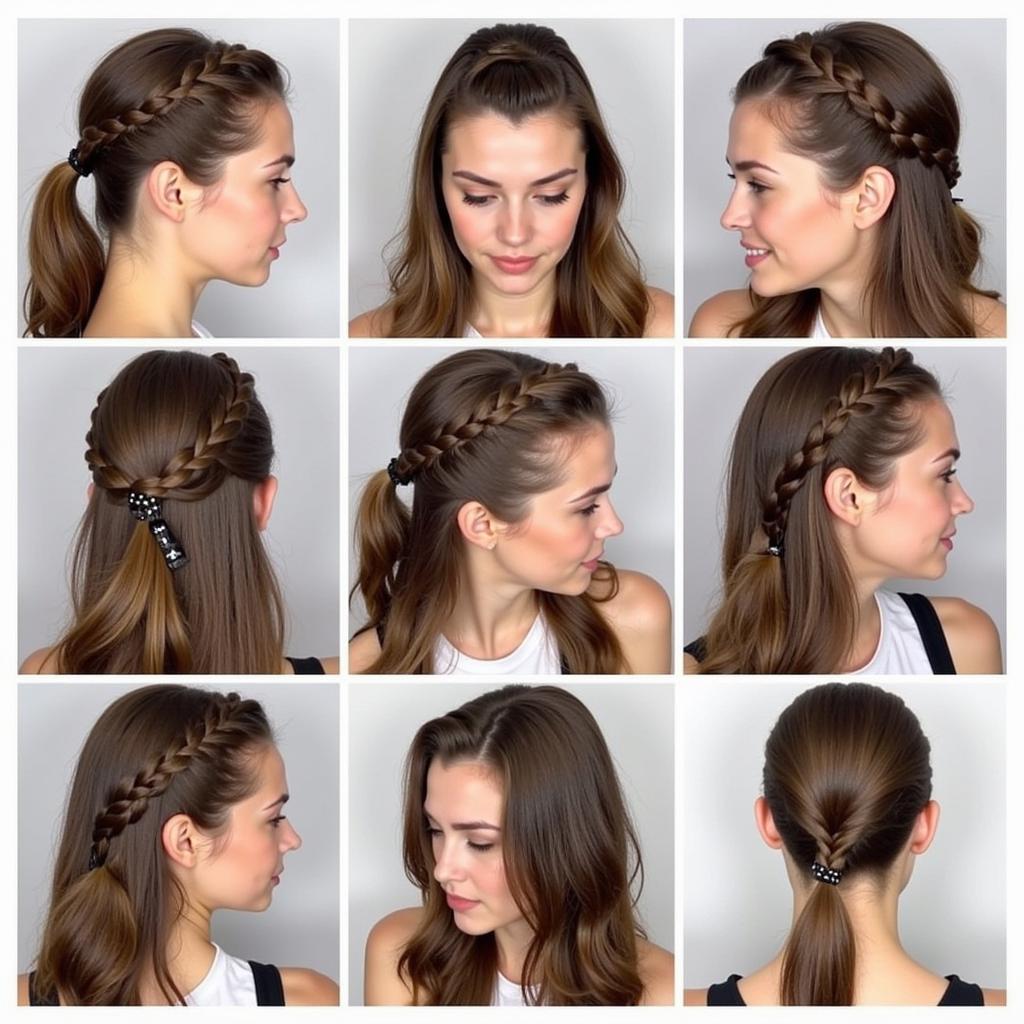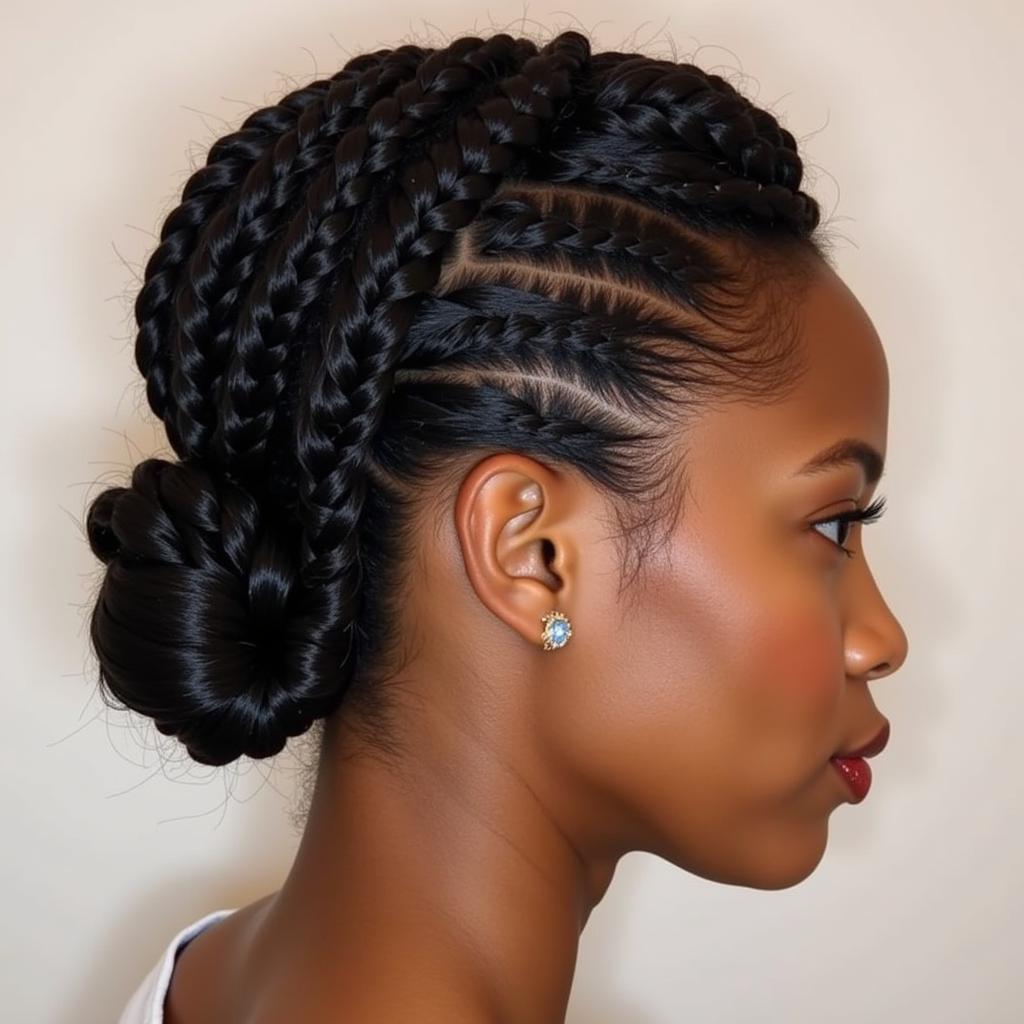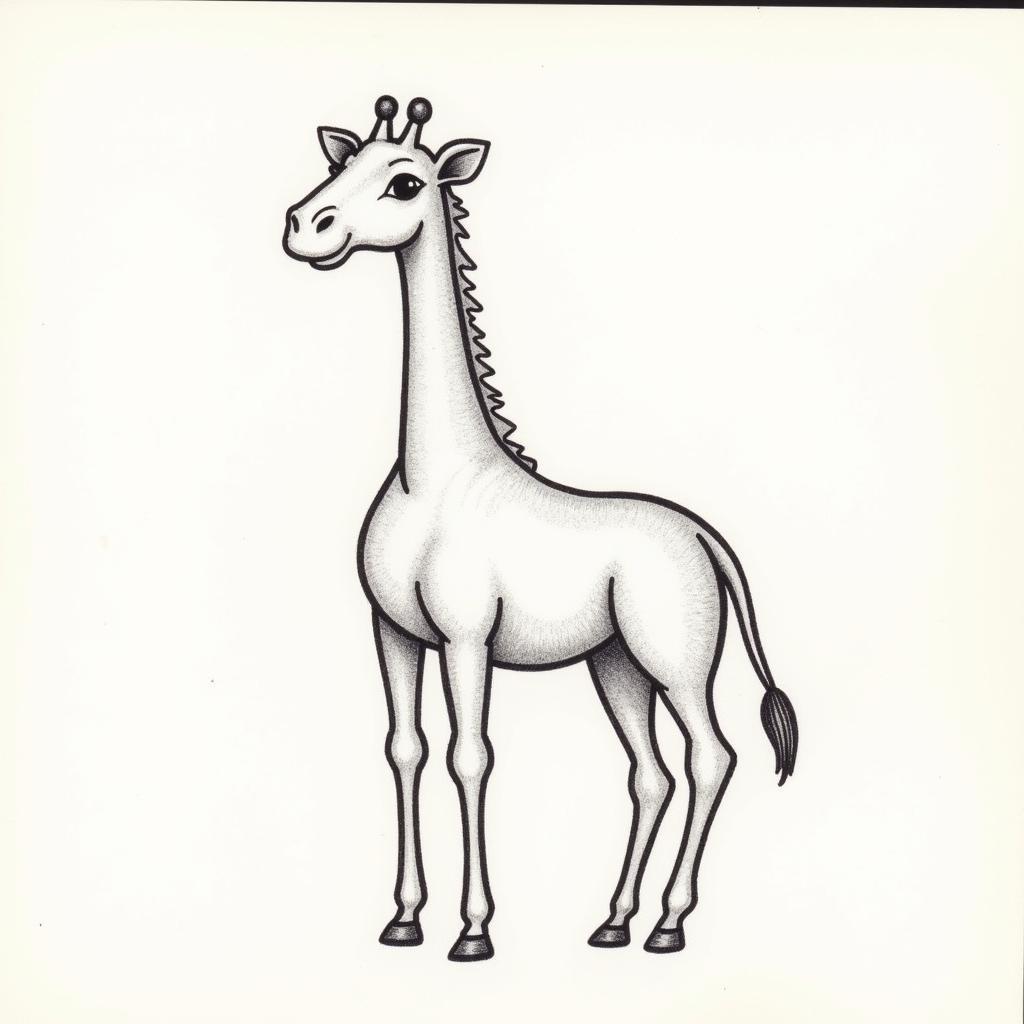The Ultimate Guide to African American French Roll Braids
French roll braids are a timeless and elegant hairstyle that has been embraced by people of all cultures. Among African American women, French roll braids hold a special place, representing a rich history of hairstyling tradition and contemporary flair. This comprehensive guide delves into the world of African American French Roll Braids, exploring their history, versatility, and how to achieve this iconic look.
 Different French Roll Braids Styles
Different French Roll Braids Styles
A Historic Hairstyle: From Africa to the World
French roll braids, though named after a European country, have roots that can be traced back to Africa. For centuries, braiding has been an integral part of African culture, serving not just as a hairstyle, but as a form of art, communication, and social status. Intricate braiding patterns were used to signify age, marital status, tribe, and even spiritual beliefs. These techniques were passed down through generations, with mothers teaching their daughters the art of braiding.
During the transatlantic slave trade, African women were forcibly separated from their homeland and stripped of their cultural identity. However, amidst the horrors of slavery, they held onto their traditions, including braiding. In the Americas, these techniques were adapted and evolved, blending with European influences to create new styles like the French roll braid.
The Versatility of French Roll Braids
One of the most appealing aspects of French roll braids is their remarkable versatility. They can be tailored to suit any occasion, hair type, or personal style.
Classic Elegance
The classic French roll braid is a timeless choice for formal events, weddings, or a polished everyday look. It involves neatly tucking the hair inwards, creating a seamless and sophisticated roll.
Braided Accents
Adding braided elements to a French roll instantly elevates its visual appeal. This can be as simple as incorporating a single braid along the side or as elaborate as creating a crown of braids that encircles the head.
 French Roll Braid Updo On Black Woman
French Roll Braid Updo On Black Woman
Playful Twists
For a more relaxed and bohemian vibe, consider a French twist braid. This style involves loosely twisting the hair inwards instead of braiding, creating a softer and more romantic look.
Achieving the Perfect French Roll Braid: A Step-by-Step Guide
While French roll braids may appear intricate, they are achievable with a bit of practice and patience. Here’s a simplified guide:
- Prepare your hair. Start with clean, detangled hair. Apply a light leave-in conditioner to moisturize and minimize frizz.
- Section your hair. Part your hair on one side and divide it into two sections.
- Create the roll. Starting at the larger section, begin rolling your hair inwards, towards your head. Secure each roll with bobby pins.
- Braid the remaining hair. Braid the smaller section of hair and wrap it around the base of the roll, tucking in the ends and securing with pins.
- Set your style. Use hairspray to tame any flyaways and ensure a long-lasting hold.
Tips for Success
- Work with stretched hair. For easier braiding, it’s recommended to work with stretched hair. This can be achieved through blow-drying, banding, or other stretching techniques.
- Use the right products. Invest in high-quality bobby pins, a rattail comb for sectioning, and a strong hold hairspray.
- Practice makes perfect. Don’t be discouraged if your first few attempts aren’t flawless. Like any hairstyle, practice makes perfect.
Embracing Cultural Heritage Through Hair
For many African Americans, French roll braids are more than just a hairstyle; they are a powerful symbol of cultural heritage, resilience, and self-expression. They serve as a reminder of the rich history and traditions passed down through generations. Whether you’re drawn to their classic elegance or contemporary variations, French roll braids offer a timeless and versatile way to celebrate the beauty and diversity of African American hair.

